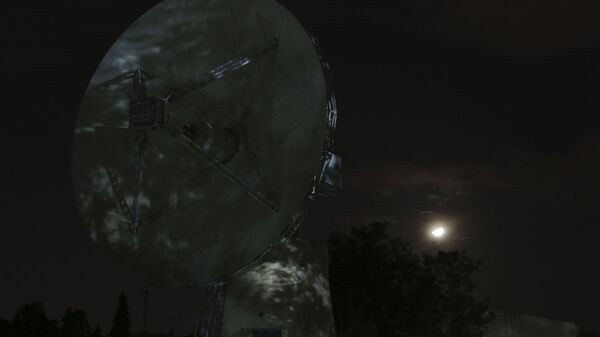The latest images sent by India’s second Lunar Probe’s Rover present many interesting facts about the secondary craters of different ages and origins in the lunar South Polar Region.
The initial imaging and observations by the Dual-Frequency Synthetic Aperture Radar of the Rover show different types of craters. While some of them were formed by the continuous bombardment of meteorites, asteroids and comets since their initial formation, there are volcanic craters, which resulted from explosions or internal collapses.
#ISRO#Chandrayaan2’s DF-SAR is designed to produce greater details about the morphology and ejecta materials of impact craters on the lunar surface. Have a look of initial images and observations made by DF-SAR
— ISRO (@isro) October 22, 2019
For more details please visit: https://t.co/1j7SBcXIpl pic.twitter.com/SEHukoYJMV
Synthetic Aperture Radar (SAR) is a powerful remote sensing instrument for studying planetary surfaces and subsurfaces due to the ability of its radar signals to penetrate the surface. It is also sensitive to the roughness, structure and composition of surface materials and buried terrain.
India's maiden lunar probe provided valuable data on the material compositions of lunar craters. However, the instruments on Chandrayaan-2 are designed to produce greater details about the morphology of craters and the materials composing them. Besides, it can also help probe buried terrain at greater depths. This will help scientists to unambiguously identify and quantitatively estimate the lunar polar water-ice in permanently shadowed regions, said ISRO.
Meanwhile, the National Aeronautics and Space Administration (NASA) of the United States has said, during the latest flyby of its moon orbiter, that it could not find any evidence of the lander in the region where it attempted to land.
"The Lunar Reconnaissance Orbiter imaged the area of the targeted Chandrayaan-2 Vikram landing site on October 14, but did not observe any evidence of the lander," Noah Edward Petro, the Project Scientist for the LRO mission, told news agency PTI.
The Orbiter, however, continues on its path around the satellite with an extended life of six years with all its payloads intact and continues sending crucial images of the lunar surface, helping scientists in topographic studies.
India was hoping to make space history by successfully soft-landing on the moon's surface, and becoming only the fourth country to have successfully accomplished the feat, after the United States, Russia and China. It would have also made India the first country to complete a soft landing near the South Pole on its first attempt.


